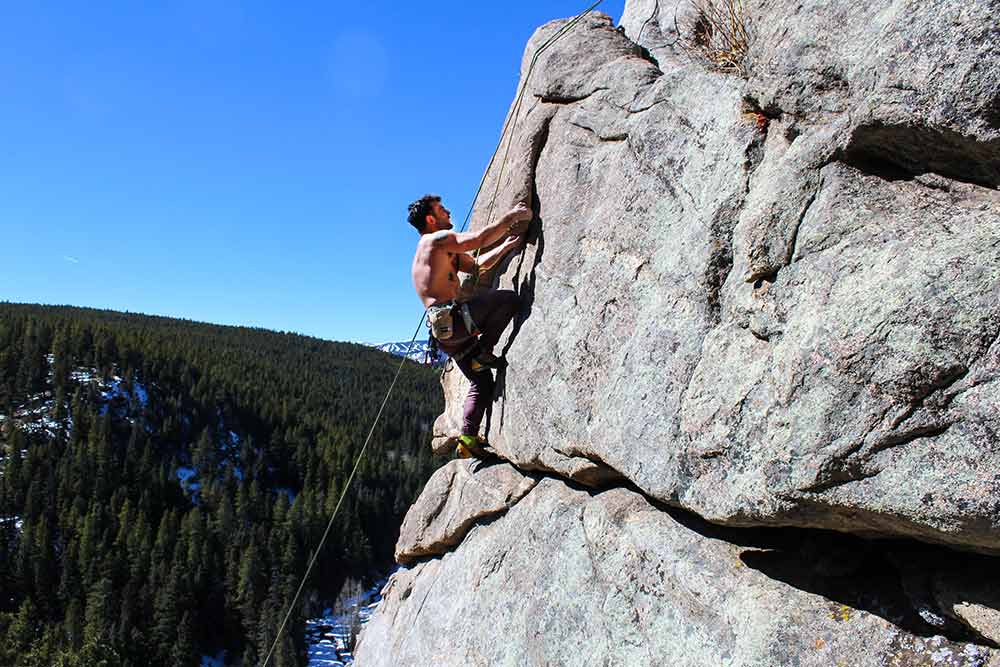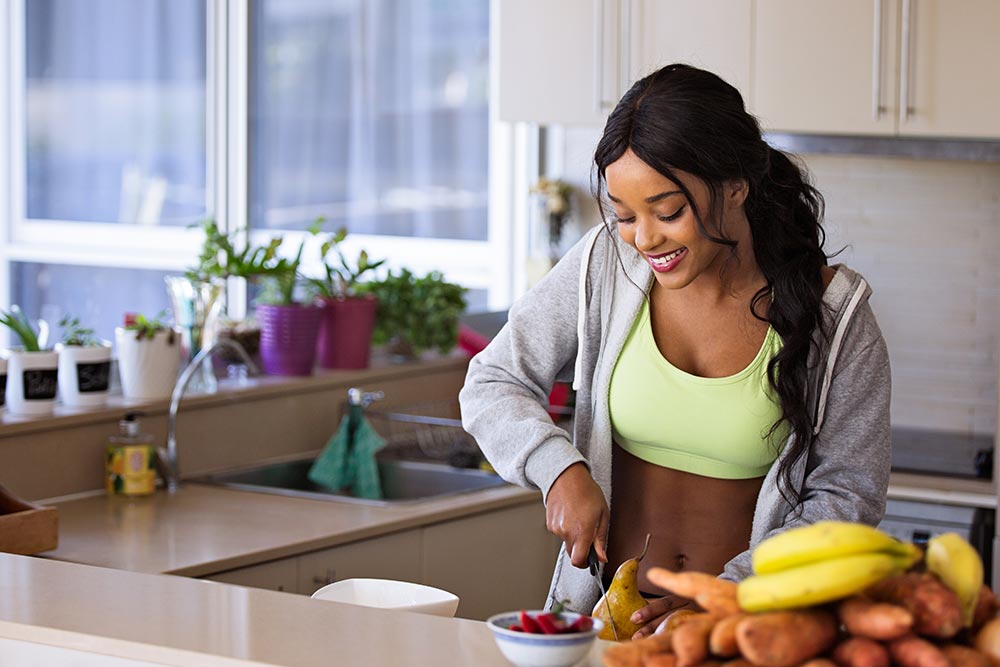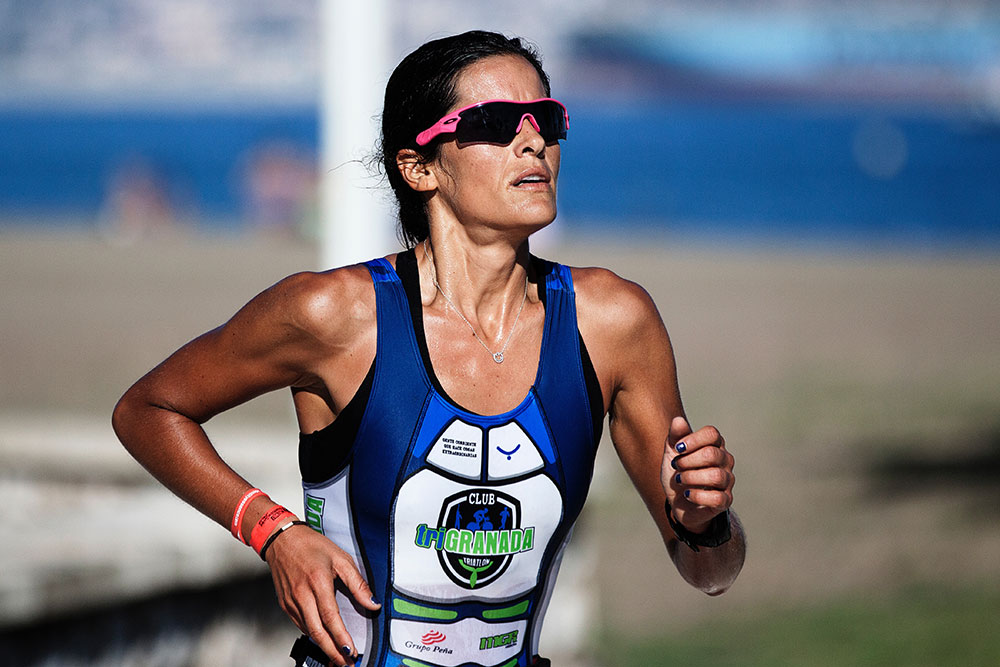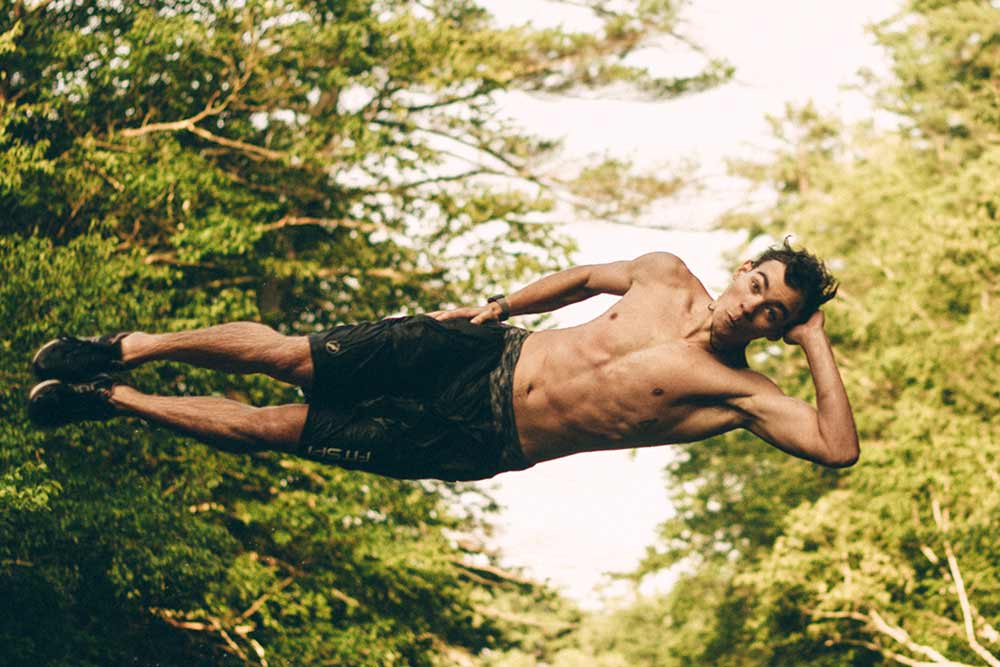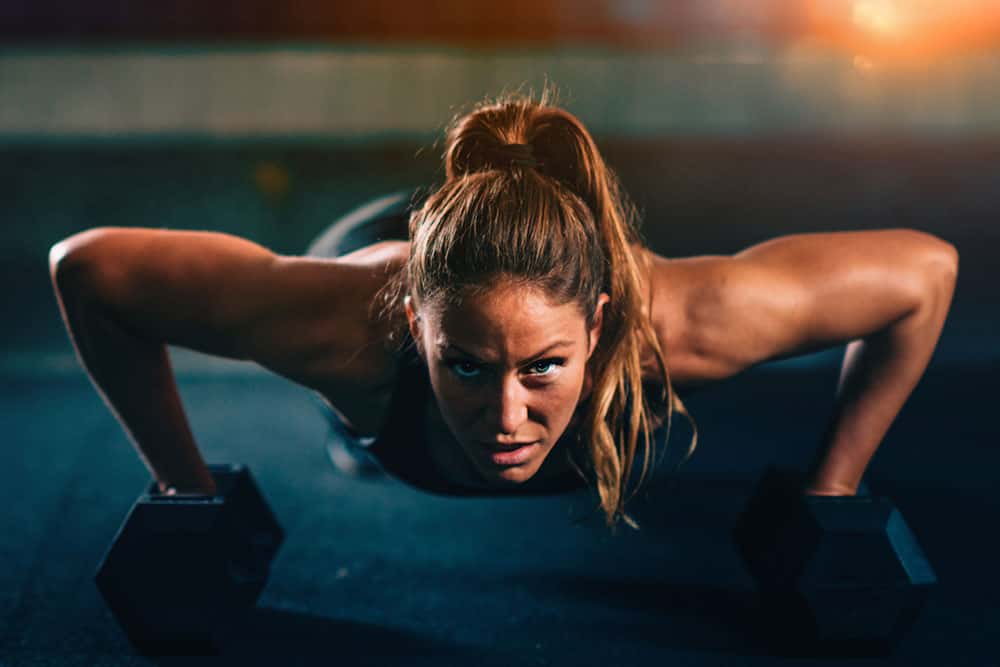Exercise Program For High Blood Pressure
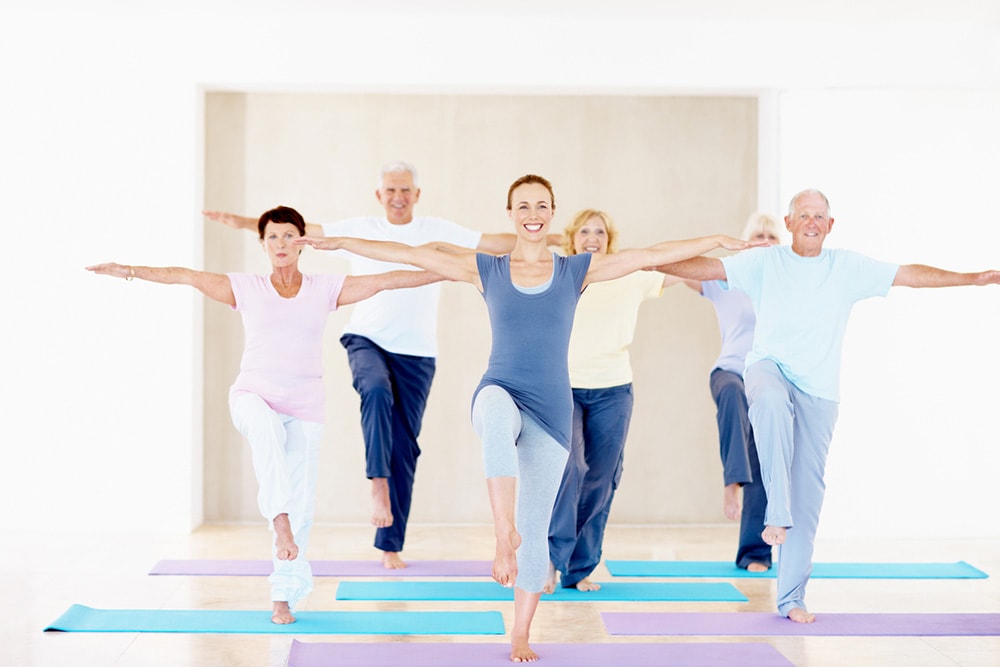
Sara Thompson – M.Sc. in Exercise Science
The Workout
4 Essential Activities for High Blood Pressure:
- Aerobic
- High-intensity
- Strength
- Balance
4 Specific Exercises for High Blood Pressure:
- Daily living (such as moving a weight from one place to another)
- Balance
- Proprioceptive exercises
- Upper body resistance exercises
*Each exercise was performed for one minute, followed by two minutes of walking and one minute of rest.
Resistance bands are a great way to get a number of different exercises in, therefore; TRX Suspension bands are also a wonderful option. We also recommend these:
The Research
 Hypertension is a chronic condition in which there is elevated blood pressure in the arteries. While it is not usually associated with discomfort, there are consequences associated with chronically high blood pressure such as the risk of stroke and myocardial infarction (Go et al., 2014). Most importantly, hypertension has been suggested to exacerbate the physical and cognitive impairment associated with aging such as balance control (Acar et al., 2015).
Hypertension is a chronic condition in which there is elevated blood pressure in the arteries. While it is not usually associated with discomfort, there are consequences associated with chronically high blood pressure such as the risk of stroke and myocardial infarction (Go et al., 2014). Most importantly, hypertension has been suggested to exacerbate the physical and cognitive impairment associated with aging such as balance control (Acar et al., 2015).
Multicomponent Exercise Programs
Multicomponent exercise programs (MCEP) consist of activities that incorporate various forms of exercise into one workout.
-
Aerobic
-
High-intensity
-
Strength
-
Balance – try a stability ball
This allows individuals to obtain the benefits of various exercise regimes while keeping the time required to a minimum. It has been suggested that hypertensive (HTS) patients have impaired physical function due to vascular damage, however, there is limited research on the effects of MCEP on HTS patients.
Recently, a group of researchers in Brazil aimed to test the effects of 6 months of MCEP on physical and cognitive function in normotensive (NTS) and HTS older adults (Junior et al., 2017). The researchers aimed to compare the response to an exercise stimulus in NTS versus HTS patients while testing if age is a confounding factor for this response.
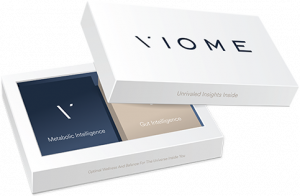 Want to know exactly what you need to eat to feel better, lose weight, end cravings and have more energy? Check out the Viome gut microbiome and wellness kit.
Want to know exactly what you need to eat to feel better, lose weight, end cravings and have more energy? Check out the Viome gut microbiome and wellness kit.
The Study
101 NTS (individuals who have normal blood pressure) and 117 HTS patients were recruited from nearby healthcare centers.
Requirements
- 60 years of age or older
- Without any other physical or psychological ailment
The program consisted of two exercise sessions per week, carried out over 6 months.
Twelve exercises were performed during each exercise session.
The exercises consisted of activities of:
- Daily living (such as moving a weight from one place to another)
- Balance
- Proprioceptive exercises
- Upper body resistance exercises (achievable with resistance bands
)
Each exercise was performed for one minute, followed by two minutes of walking and one minute of rest.
![]() Looking to keep tabs on your physical performance and health statistics?
Looking to keep tabs on your physical performance and health statistics?
If you prefer a small, barely noticeable wearable, you might want to track your fitness with the Motiv Fitness Ring.
Physical and Cognitive Assessments
Before and after the 6-month intervention, participants performed physical and cognitive assessments.
The physical assessment consisted of a battery of tests aimed to assess their ability to perform activities of daily living.
These tests included:
- Sit-to-stand (participants required to stand and sit from a chair as fast as possible five times)
- The one-leg stand (amount of time participants could balance on one leg)
- Usual walking speed
- Maximal walking speed
- Timed up and go test (time required to get up from a chair, walk three meters, turn around and sit back down)
- Executive function was also assessed with the timed up and go (TUG), with an added cognitive component.
To perform this task, participants completed the usual TUG test, however they were given a cognitive task to perform at the same time such as naming as many animals as they could.
Related Article: 16-Week Training Program To Help Promote Health
Results
Results of the physical assessments revealed that following the 6-month intervention, both NTS and HTS patients improved in the one-leg stand test, as well as usual and maximal walking speed.
Additionally, the improvements were similar in NTS and HTS patients and did not differ between the younger (<75 years) and older (≥75) participants. Most importantly, there were no improvements in the sit-to-stand test, timed up and go test, or the cognitive test in either group.
The researchers suggest that there might not have been enough emphasis on resistance training to elicit improvements in muscle strength.
Similarly, the authors speculate that the program might not have been the appropriate stimulus to improve executive function, however, the mechanism behind this is not well understood.
More research is needed to conclude which type of exercise is optimal for improved cognition.
Takeaway
This study is important for three reasons:
- There was 100% adherence, suggesting that a multicomponent exercise program is a realistic and time-manageable option for individuals with hypertension
- HTS patients can improve physical function, specifically balance and mobility, to the same degree as NTS patients
- Improvements were similar in the younger and older age group, indicating that age is not a limiting factor for improved performance
Therefore, a multicomponent exercise program such as the current one can be used to improve balance and mobility for individuals with hypertension, regardless of age.
Future studies are warranted to optimize the MCEP protocol such that improvements can also be obtained in muscle strength and cognitive function.
Hence, exercising with high blood pressure not only gives you more energy but is a great stress reliever as well. Follow these recommendations to live a longer and happier life.
Related Article: 5 Ways To Exercise Your Heart
References
Go, A. S., Mozaffarian, D., Roger, V. L., Benjamin, E. J., Berry, J. D., Blaha, M. J., et al. (2014). Heart disease and stroke statistics – 2014 update: a report from the American Heart Association. Circulation, 129(3), 399-410.
Acar, S., Demirbuken, I., Algun, C., Malkoc¸ M., & Tekın, N. (2015). Is hypertension a risk factor for poor balance control in elderly adults? Journal of Physical Therapy Science, 27(3), 901–904.
Junior, H. J. C., Rodrigues, B., Feriani, D. J., Gonçalves, I., Asano, R. Y. et al. (2017). Effects of Multicomponent Exercise on Functional and Cognitive Parameters of Hypertensive Patients: A Quasi-Experimental Study. Journal of Aging Research, Mar 19 [Epub ahead of print].
JOIN OUR NEWSLETTER
You Might Like:











